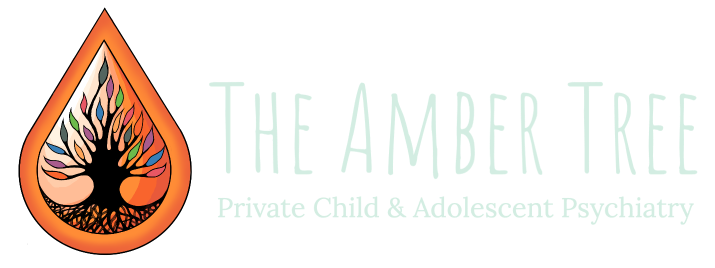What is Emotional Dysregulation?
‘Emotional dysregulation’ describes the difficulty in managing emotions to the extent that they may interfere with our daily lives in both work and at home. It can present in a number of ways, ranging from poor impulse control to extreme anger and mood changes.
Signs of Emotional Dysregulation
- Intense Emotions:
- Feeling emotions very strongly, such as extreme anger, sadness, or anxiety.
- Quick Mood Changes:
- Rapid shifts in emotions, sometimes without an apparent cause.
- Difficulty Calming Down:
- Struggling to return to a calm state after becoming upset.
- Impulsive Behavior:
- Acting on strong emotions without thinking about the consequences.
It’s Okay to Have Emotional Dysregulation
Having emotional dysregulation doesn’t define your worth, and it doesn’t make you any less valuable. It’s a natural variation in how people experience and express emotions, and you deserve understanding, support, and proper care.
Tips for Managing Emotional Dysregulation
- Identify Triggers:
- Pay attention to situations, people, or thoughts that tend to lead to emotional dysregulation.
- Practice Mindfulness:
- Techniques like deep breathing and grounding exercises can help you stay present and calm.
- Create a Safe Space:
- Have a designated area where you can go to relax and calm down.
- Develop Coping Strategies:
- Find healthy ways to manage stress, like journaling, art, or physical activity.
- Seek Support:
- Talk to someone you trust about what you’re experiencing. They can offer understanding and help you find resources.
